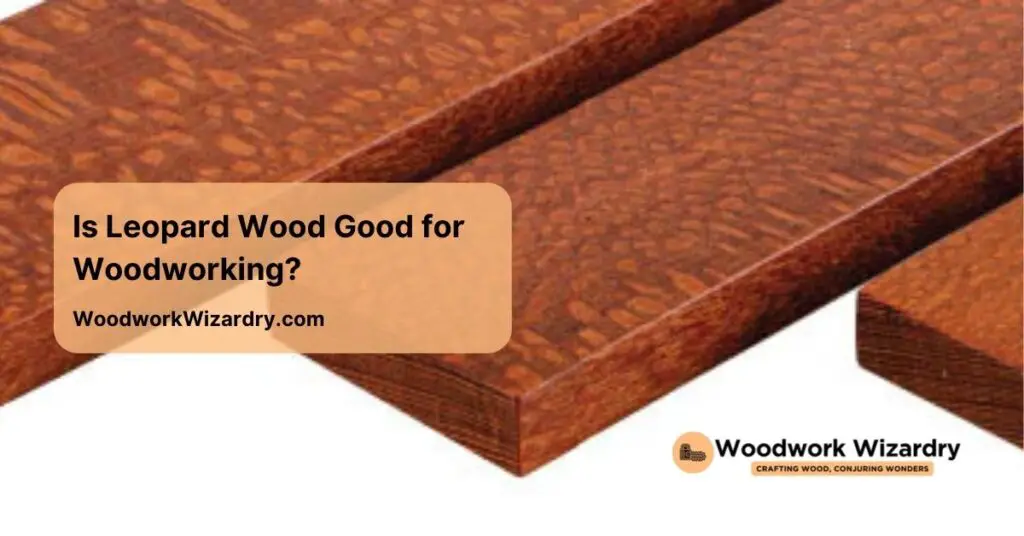When it comes to woodworking, the type of wood you choose can make or break your project. If you’re searching for something unique and eye-catching, leopard wood might’ve already caught your attention. With its striking grain pattern and rich, natural tones, this exotic hardwood has earned its place in the spotlight. But is it truly worth the hype for your next woodworking masterpiece?
You want a material that not only looks stunning but also performs well under your tools. Leopard wood offers a blend of beauty and durability that appeals to both hobbyists and seasoned woodworkers. But before you immerse, it’s essential to understand its characteristics, benefits, and potential challenges. After all, the right wood choice can elevate your craftsmanship to the next level. So, is leopard wood the perfect match for your woodworking needs? Let’s explore what makes this timber so intriguing.
What Is Leopard Wood?
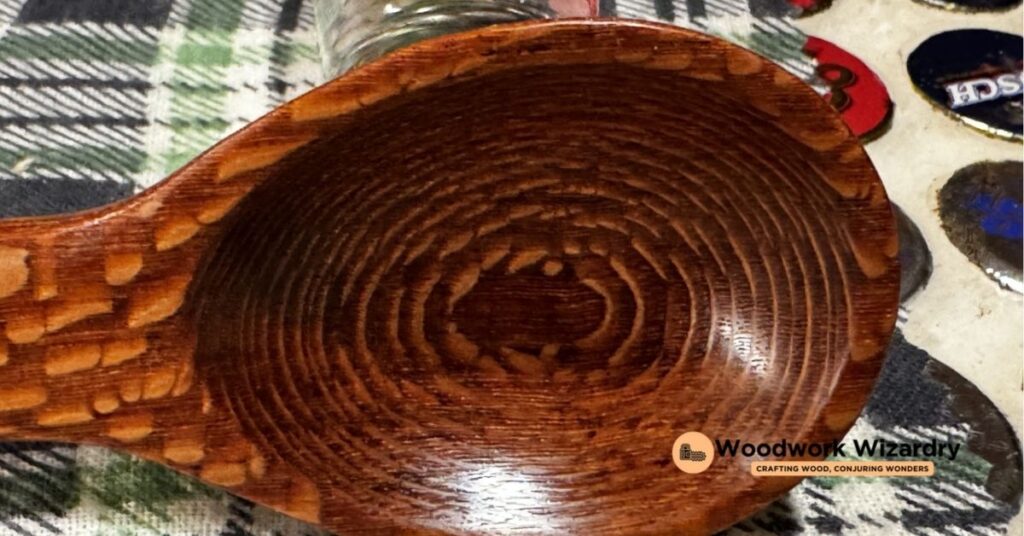
Leopard wood is a hardwood valued for its striking appearance and robust qualities. Its unique grain pattern and distinct texture make it a standout choice in woodworking projects.
Origin And Characteristics
Leopard wood is primarily sourced from trees like Roupala montana and Panopsis from Central and South America. These trees thrive in tropical climates, influencing the wood’s density and resilience. Its name stems from the speckled, leopard-like pattern on its surface, created by darker streaks on a light brown or reddish-brown base. The wood is dense, with a Janka hardness rating exceeding 1,700 lbf, surpassing many common hardwoods. This density makes it durable but also slightly challenging to work with, requiring sharp tools to avoid splintering or surface tear-out. Its moderately coarse texture, coupled with an interlocked grain, enhances visual appeal when polished.
Common Uses In Woodworking
Furniture often incorporates leopard wood due to its aesthetic value. Boxes, bowls, and turnery also benefit from its distinct pattern, offering a luxurious finish. Decorative veneers are another common application, allowing woodworkers to use its unique appearance on larger projects without the cost of solid wood. Instrument makers occasionally use leopard wood for accents, adding visual complexity to their designs. While less common, flooring and paneling also use this wood, particularly in spaces prioritizing design impact over practicality due to its hardness and moderate dimensional stability.
Advantages Of Using Leopard Wood For Woodworking
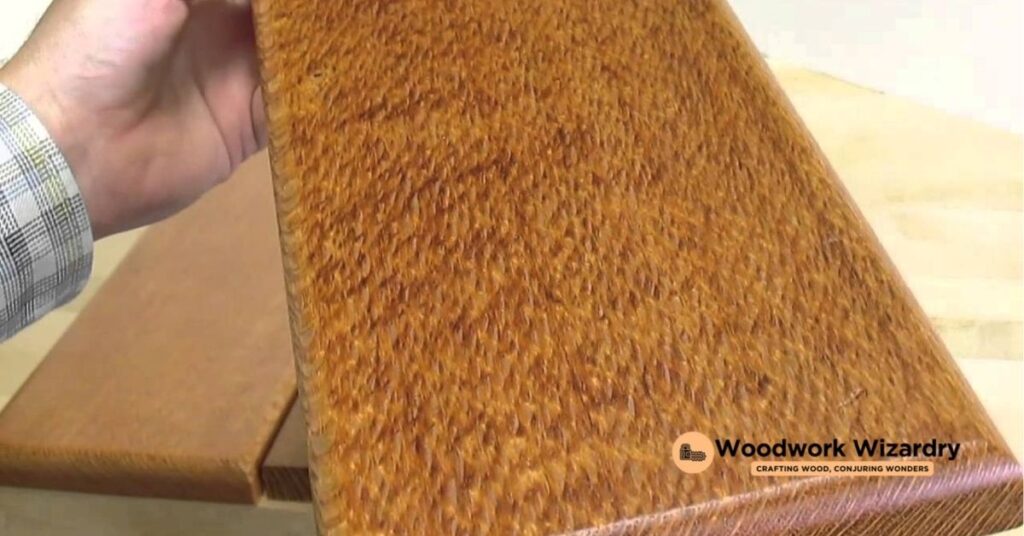
Leopard wood offers unique benefits that make it an attractive choice for woodworking. Its strength, aesthetic qualities, and versatility distinguish it from other hardwoods.
Durability And Strength
This hardwood withstands heavy use and pressure without important wear. With a Janka hardness rating over 1,700 lbf, leopard wood resists dents and scratches better than many other wood types. It maintains structural integrity in furniture and decorative objects, even under demanding conditions.
Unique Aesthetic Appeal
Leopard wood’s speckled grain pattern creates a striking visual element in woodworking projects. The combination of dark, defined streaks on a lighter brown or reddish background enhances the beauty of furniture and accents. It pairs well with other hardwoods in high-end designs, adding contrast and texture.
Workability In Projects
Although its density can be challenging during cutting and shaping, leopard wood rewards precision. Pre-sharpened tools and slower processing help achieve smooth finishes. It holds polish and stains well, making it suitable for bowls, decorative boxes, and veneers. Your crafted items gain a refined yet robust look with proper care.
Challenges Of Working With Leopard Wood
Leopard wood’s dense structure and unique qualities can present difficulties during woodworking projects, demanding exact techniques and tools. Understanding these challenges helps you work efficiently and achieve desired results.
Hardness And Tool Wear
Leopard wood’s hardness, with a Janka rating exceeding 1,700 lbf, is significantly higher than many other hardwoods. This density causes heavy wear on cutting tools, requiring frequent sharpening or the use of carbide-tipped blades. Attempting intricate cuts or fine detailing proves particularly taxing due to the wood’s resistance. Splintering is also common when using improperly maintained or low-quality tools.
Sensitivity To Moisture
Changes in moisture levels lead to dimensional instability in leopard wood. Warping or swelling may occur, especially in environments with fluctuating humidity. Sanded surfaces also lose their smoothness if the wood absorbs excess moisture. Sealing or applying finishes, such as polyurethane, minimizes these effects and preserves the appearance.
Availability And Cost
Locating high-quality leopard wood proves challenging due to limited supply. It’s primarily sourced from Central and South America, which increases its cost in international markets. Prices further rise for boards with pronounced grain patterns, as these are sought after for decorative uses. Budget considerations might influence your choice between leopard wood and more readily available hardwoods.
Comparison With Other Popular Wood Types
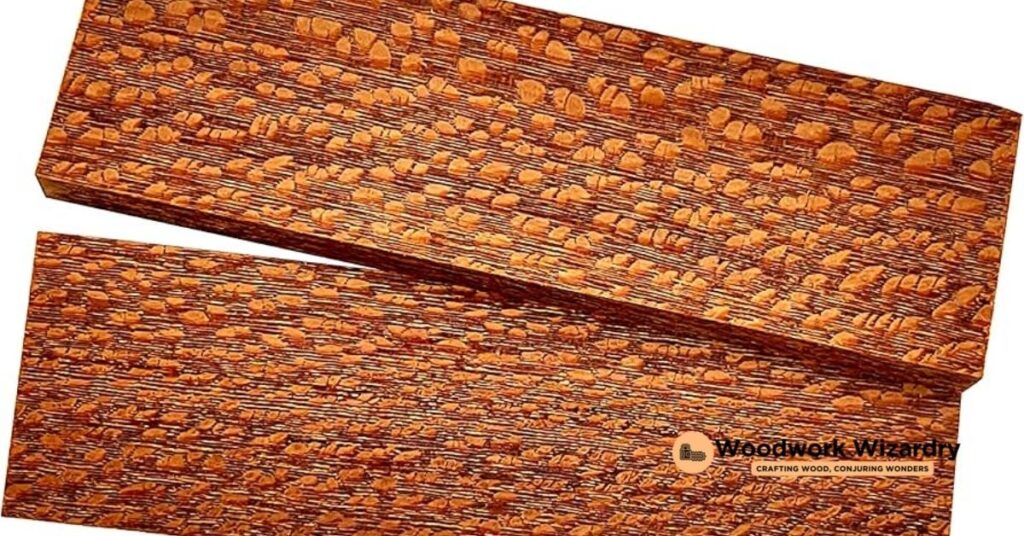
Comparing leopard wood to other commonly used wood types helps you understand its unique characteristics and where it stands in terms of performance and aesthetics. Each wood brings different qualities, making them suitable for various woodworking projects.
Leopard Wood Vs Walnut
Walnut offers a rich, dark brown color with a straight grain, unlike the speckled and striking appearance of leopard wood. While walnut is easier to work due to its lower Janka hardness of 1,010 lbf, leopard wood’s hardness exceeds 1,700 lbf, providing greater durability but requiring more effort in cutting and shaping. Projects involving fine carvings or hand tools may benefit from walnut, whereas leopard wood excels in creating durable and visually unique pieces like decorative accents and veneers.
Leopard Wood Vs Maple
Maple, popular for its fine, light-colored grain, contrasts sharply with the bold, leopard-like spots of leopard wood. It has a Janka hardness ranging from 950 to 1,450 lbf, making it moderately hard compared to the denser leopard wood. If you’re crafting furniture requiring a strong, heavy material, leopard wood outperforms most maple varieties in durability. But, maple is better suited for intricate work and items like cutting boards, where its consistent grain and smoother machining properties are advantageous.
Leopard Wood Vs Oak
Oak is a highly versatile wood, offering durability and a distinct open grain pattern available in red or white varieties. With a hardness between 1,220 and 1,360 lbf, oak is less dense than leopard wood, making it easier to shape but slightly less durable under heavy pressure. Leopard wood’s aesthetic impact surpasses oak’s subtle textures, making it ideal for statement pieces. If you’re prioritizing cost or ease of availability, oak is often more affordable and widely sourced, whereas leopard wood’s cost and rarity cater more to high-end or specialized designs.
Best Practices For Working With Leopard Wood
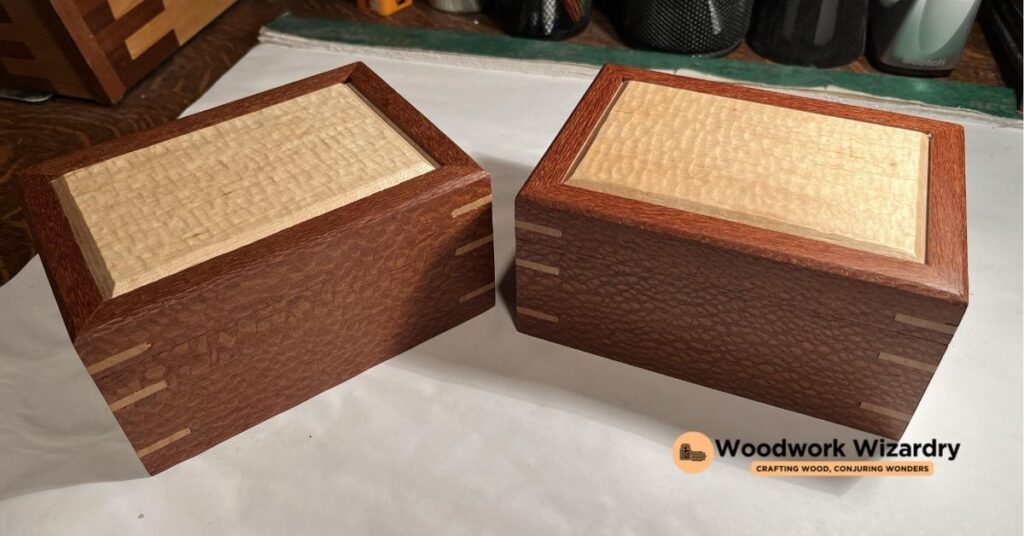
Leopard wood’s dense structure and striking grain pattern require exact approaches to maximize its potential. Paying close attention to techniques, finishing methods, and maintenance can ensure successful woodworking projects.
Tools And Techniques
Sharp tools are essential when cutting or shaping leopard wood. Its hardness, rated over 1,700 lbf on the Janka scale, can quickly dull blades, so invest in carbide-tipped saws and tools. Sanding leopard wood demands patience; starting with coarse-grit sandpaper and gradually moving to finer grits helps achieve a smooth surface without damaging its unique grain pattern. Accurate measurements are vital, especially when crafting fine furniture or decorative pieces. Using clamps to stabilize the wood during cuts ensures precision and prevents movement. To avoid splintering, work with the grain direction and keep tools well-maintained.
Finishing Tips
Selecting the right finish enhances the wood’s distinctive leopard-like pattern. Clear finishes, such as polyurethane or lacquer, amplify its natural reddish-brown tones and darker streaks. Apply a wood sealer before staining to minimize blotching, as leopard wood may absorb finishes unevenly. Multiple thin coats of finish are better than a single heavy coat to maintain an even surface. For added sheen and protection, polishing the wood after finishing can bring out its full visual appeal. Ensure surfaces are clean and dust-free before applying finishes for the best results.
Maintenance Considerations
Proper care preserves the beauty and durability of leopard wood over time. Regularly dust furniture or decorative items with a clean, soft cloth to avoid abrasion. Avoid exposing the wood to excessive moisture, as it’s sensitive to water-related damage like swelling or warping. If used in high-humidity areas, protective coatings like waterproof sealants can mitigate moisture-related risks. Periodically inspecting finished surfaces for wear or damage allows for timely refinishing or resealing. Store offcut pieces or unused leopard wood in dry, stable conditions to maintain dimensional stability.
Conclusion
Leopard wood offers a distinctive combination of beauty, strength, and versatility that can elevate your woodworking projects. Its striking grain pattern and durability make it a standout choice, especially for high-end designs or decorative pieces. While it requires careful handling and the right tools, the effort is well worth the stunning results it delivers.
By understanding its characteristics and following best practices, you can make the most of this unique hardwood. Whether you’re crafting furniture, accents, or detailed designs, leopard wood can add a touch of elegance and originality to your work.

